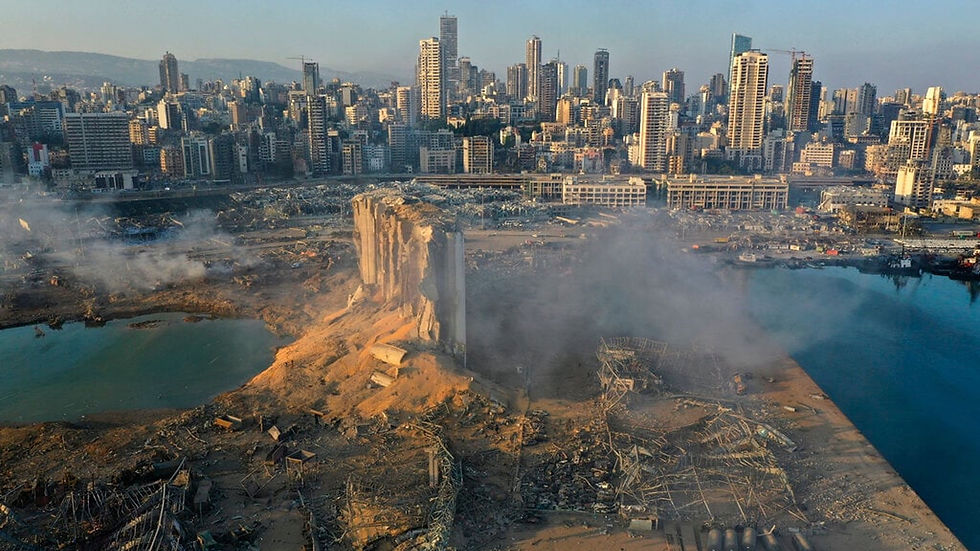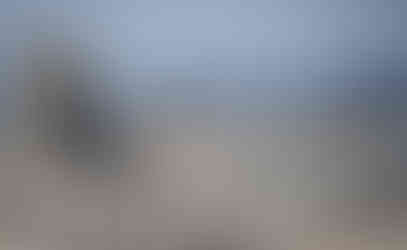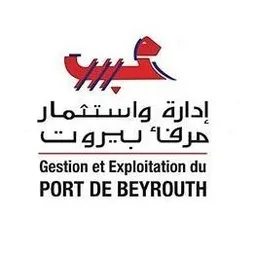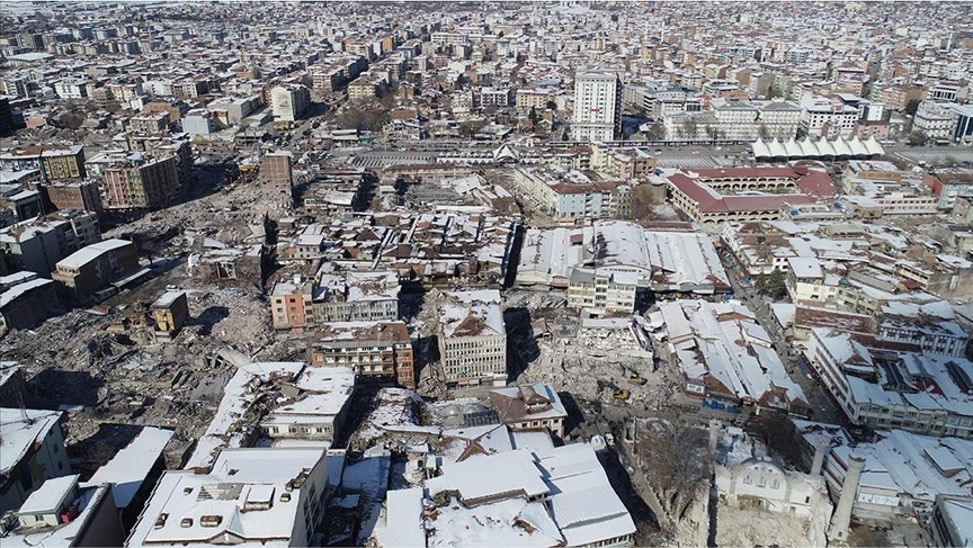Case Study: 2020 Beirut Port Explosion
- Benjamin Constant
- Dec 1, 2022
- 3 min read
Updated: Jul 15

Background & Context
In 2020, a deadly explosion at the port of Beirut rocked the entire city, destroying buildings and killing hundreds and injuring thousands of people.
It also created a unique dilemma for the Beirut Port Authority.
Millions of tons of grain that had been sitting in silos ready for export suddenly became contaminated from the blast. No longer fit for consumption, the Port Authority had to come up with a cleanup plan.
Their initial thought was to landfill the grain, paying about $30 / ton to allow it to rot at a nearby dumpsite. But then they met us, and our engineers developed a safe product using the grain—fire starting brickettes—which could be sold on the local market for $100 / ton. The remaining waste was able to be used as compost for local farmers.
Here’s how we did it.
Addressing 45k Tons of Contaminated Grain and Mixed Waste: What We Did
Lab Tests on the Contaminated Grain
Because safety and quality are our two top priorities, we first needed to understand the nature of the grain’s contaminants. To do this, we collected site samples and conducted various tests on them. The result was a profile of the grain’s physical and chemical characteristics, which helped us figure out the limitations of possibilities of what we could do.
Market Study & Partner Selection
We then looked to the local market, analyzing prices for a wide array of products and mapping all the major stakeholders in the region that could be instrumental in the processing of the grain or in the purchase of the final product.
New Product Formulation: Fire-Starting Briquettes
After analyzing the grain’s physical properties, processing costs, and the market’s dynamics for different products, we selected the fire-starting brickette from the array of products we created as the best suited one for the local market. The remainder of the waste was sent to local farmers as compost.
Industrial Rollout
After our lab-produced fire-starting brickettes passed all safety and quality assurance tests, we worked with the Port Authority to roll out the industrial platform required to process the grain.
Addressing 63k Tons of Concrete From Demolished Buildings: What We Did
Lab Tests on the Concrete
Many concrete recyclers simply crush it up and use it for roadfill. However, we can often repurpose it for new building construction by breaking it down into all its base materials, like rock aggregate and sand. However, to do this, we need to be sure that the base materials are strong enough to adhere to building performance standards. With this in mind, we tested the concrete.
Concrete Recycling Strategy
Based on our lab tests, we were able to determine how all the individual components of the concrete could be used in the local market.
Local Stakeholder Engagement for Industrial Rollout
We engaged with local companies to recycle the concrete according to our plan, recovering 6k tons of aggregate that could be used in high-quality, fresh concrete formulations and 57k tons of other material that was repurposed for other reconstruction applications.
Outcome
Our work proved that various waste streams and types of rubble that result from large-scale disasters can be holistically treated, recycled, and reused by and for the local market. This approach can speed up reconstruction efforts while ensuring the environment is fully respected throughout the whole process.
We turned 45k tons of contaminated grain into fire-starting briquettes that were able to be used locally, and we turned 63k tons of concrete and mixed construction and demolition waste into reconstruction materials.
.png)



























